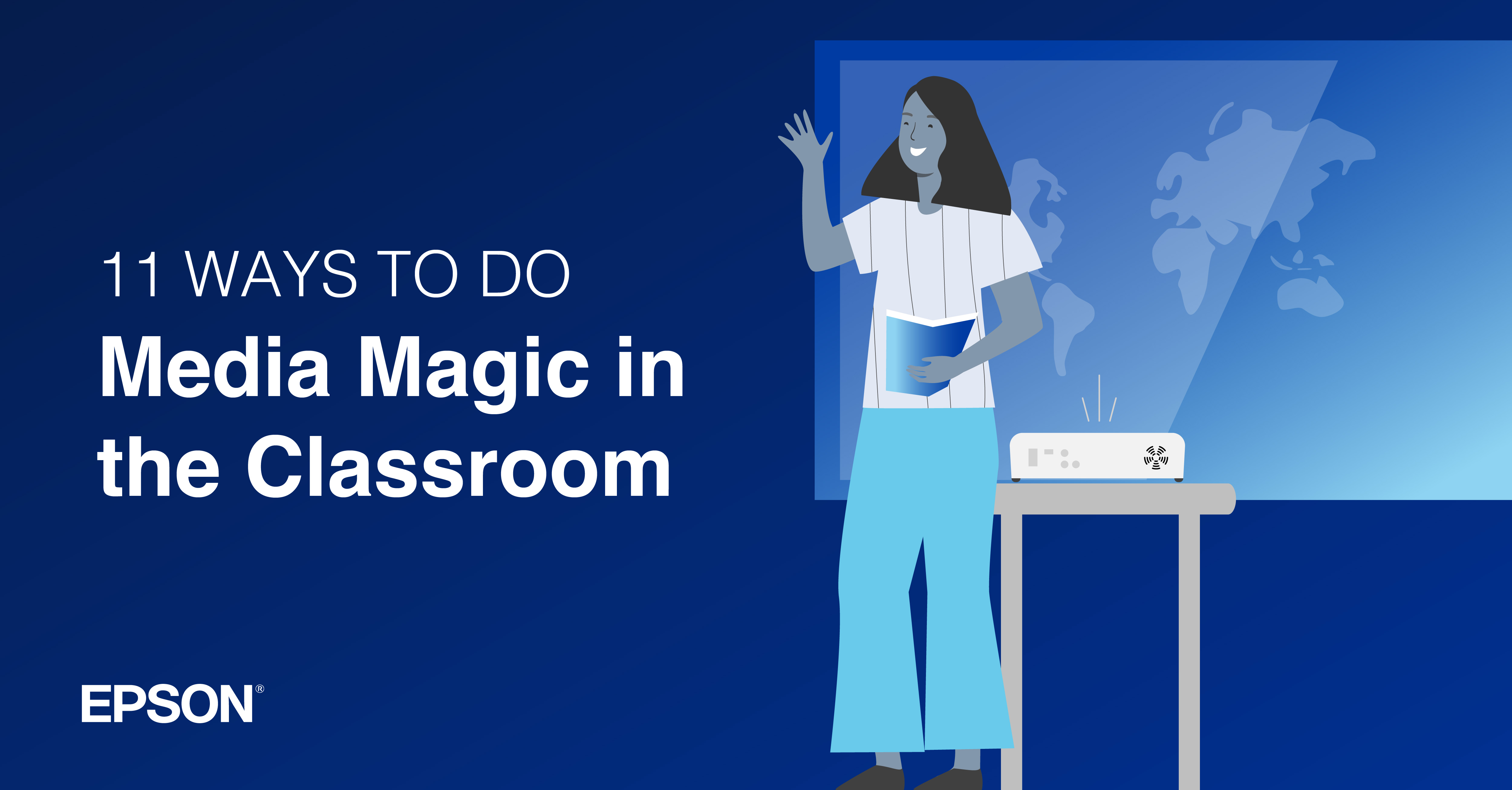K-12 classrooms have changed tremendously in the last few years. Just like in other industries, digital transformation has taken hold, providing new and powerful technologies and fostering innovative teaching strategies.
The modern laser projector is a prime example. Today’s projectors are some of the most powerful teaching tools, benefitting both teachers and students, and delivering immersive experiences other displays can’t match.
Laser projectors are easy to use and integrate into the lesson plan
With simple setups and no hot bulbs to replace, teachers can spend their time delivering the lessons instead of trying to troubleshoot the equipment.
Laser projectors cast a big picture, but can be small and light enough to fit on a cart and moved about for virtually any classroom configuration — without losing valuable whiteboard space. When a tool is easy to use, it gets used more often. With the ease of using laser projectors, educators are constantly finding new ways to integrate the technology throughout the day.
Check out these 11 projector hacks that teachers can use in their K-12 classrooms!
Projector versatility fuels creative lesson planning
Laser projectors offer so much more than a big picture. Beyond the vibrant display, however, laser projectors have numerous capabilities. With students’ attention spans shorter than ever, teachers use those capabilities to keep lessons to the point and engaging. For example, teachers use projectors for classroom demonstrations, showing students techniques on the big screen, knowing every student can see and follow along. They also invite students to share their projects – a great opportunity to reinforce collaboration and prepare them for making presentations.
Teachers often use a projector’s numerous applications to enhance the planned lesson with news footage, YouTube videos, and audio clips. Teachers use these resources to help students understand more about events. For example, a high school science teacher can use Google Maps or Google Earth to locate the site of a natural disaster and show local news broadcasts covering the event. These actions bring theoretical lessons to life and create a relevance and context that deepens learning.
Projector capabilities offer ways to guide the class dynamics
If students are distracted, they can’t learn. Teachers help regulate classroom energy by using some of the projector’s capabilities. For example, some teachers use the projector to cast the structure of the day’s lesson so that as soon as students enter the room, they know what textbook they need, what page to go to and which assignment to begin. This process helps them settle in and focus quickly. Ensuring all students know the plan and expectations decreases interruptions and helps them be more responsible for completing their work.
Teachers can use apps on projectors to help the classroom energy increase or decrease based on activity. They can calm a busy room of third graders by playing an audio clip of a book they’re reading. Likewise, a teacher can invigorate a post-lunch crowd by showing and discussing a viral social media clip. They can use apps to play music, setting the mood for collaboration, concentration, activity or relaxation.
Today’s laser projector is a powerful tool that brings wonderment into the classroom. Today’s teachers are taking advantage of this tool to enhance engagement and help inspire students.
Looking for more ideas on integrating projector technology and bringing media magic into the classroom? Click here. You can also learn more about Epson projectors for education at Epson.com/education.
![]()


